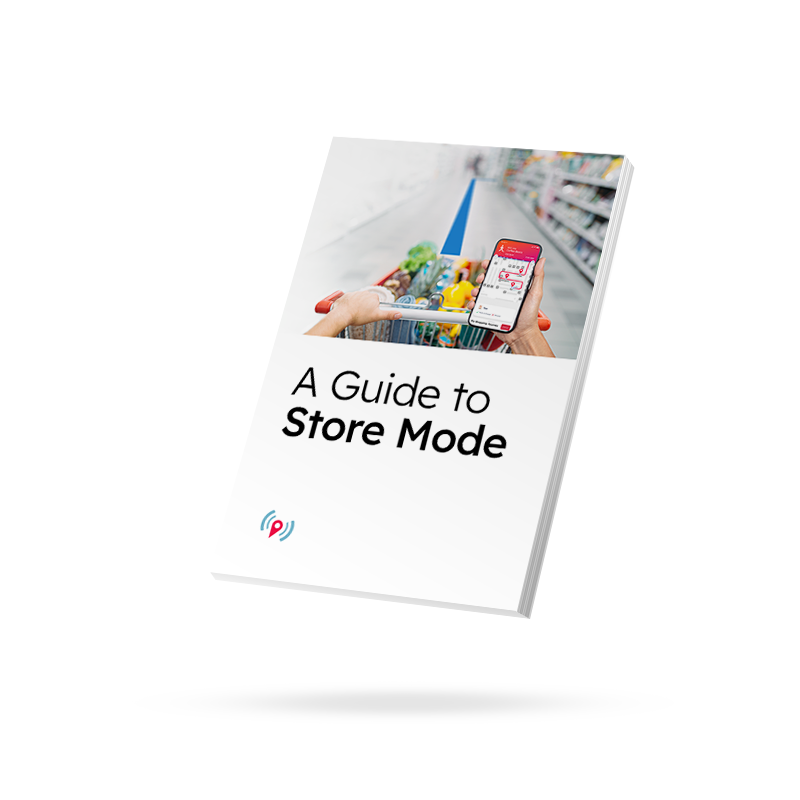Beautiful maps and intuitive wayfinding
In-store navigation and retail maps
Increase basket size, enhance the omnichannel shopping experience and optimize efficiency with Store Mode in your retail app, powered by location services
FEATURES
INTEGRATIONS & TOOLS
FEATURES
INTEGRATIONS & TOOLS
Increase basket size, enhance the omnichannel shopping experience and optimize efficiency with Store Mode in your retail app, powered by location services
Get digital maps of all your stores and keep them up-to-date easily
Ensure shoppers find the product they're looking for with real-time location on map
Provide shoppers with personalized,
store-based offers using geo fencing



Live Demo at Harrods
Redefining shopping experience at Reem Mall
Product Wayfinding at Home Depot
How The Home Depot enabled Store Mode
13% of retail customers leave the store without buying everything they were looking for - help them get everything on their list with indoor navigation
Help shoppers build their list digitally in your app and then navigate them through your store with map my list functionality
Increase average basket values, customer satisfaction, and repeat business

Integrate your product catalogue with our navigation to direct shoppers to exactly what they're looking for
Use our insightful analytics to detect failed product searches, popular out of stock products, and understand missed revenue opportunities
Alert users via geofences when they're near promotional offers

Understand which areas of your store are over- and under-utilized
See dwell times, usage analytics, popular wayfinding directions and more
Empower your employees and enable them to fulfil online orders more efficiently with fastest-path routings

Store Mode is set to revolutionize the future of brick-and-mortar retail, bridging the gap between digital and physical spaces and delivering an outstanding customer experience. Find out how in our complete guide to Store Mode.

High performance and high-accuracy indoor experiences
Create and update thousands of maps instantly with MapScale®
Solutions designed to grow with your business and adapt to your needs
Even with the best maps, retail locations, be they single, large stores or malls, can sometimes be a confusing place to try and find your way in. Multiple floors, multiple stores of the same name, and thousands of shoppers can make retail wayfinding a difficult proposition. As such, many customers are now not only looking to their favorite stores and malls to provide maps, but to also provide indoor navigation, to the same level of service and efficacy as tools such as Google Maps.
Pointr’s indoor positioning and navigation system is capable of providing outstanding accuracy and has been tried and tested by some of the world’s largest and most reputable companies, including several major retailers. Our indoor navigation can take into account multiple floor levels, navigating users towards stairs and elevators, and can also seamlessly transition between indoor and outdoor environments, leading users to other buildings or their car.
In the modern world, users are becoming more and more accustomed to having a map available to them wherever they go. Why should they not expect the same from indoor environments like big box retailers and shopping centers? A stylish, intuitive-to-use indoor map is capable of setting your retail environment apart from your competitors by making the customer experience more efficient, free of pain points and by empowering exploration and discovery.
However, doing all of this is easier said than done. Indoor maps need to be highly precise and completely up-to-date - a significant challenge in indoor retail environments, where everything from temporary store closures to pop-up stalls need to be taken into account. That’s why Pointr developed MapScale®, a state-of-the-art product capable of taking mapping CAD files and using AI to transform these files into beautiful maps in seconds.
MapScale® was designed in response to a request from one of the US’s largest department stores, who needed to be able to keep thousands of individual store maps up to date. With Pointr’s help, a process that previously left certain store maps months out of date at a time now takes seconds, and can be run automatically on a regular basis.
The benefits of in-store mapping and navigation systems don’t stop with your customers. As well as helping customers to find exactly what they’re looking for and discover new areas and products, increasing revenue, Pointr’s location analytics provides you with critical insights into your retail location and how you can better optimize it.
Heatmaps enable you to see the most popular parts of your store or mall, to determine areas where the layout needs changing to encourage customers to visit more frequently, and to calculate which products or promotions are performing better than others. Occupation analytics can help alert you to parts of the store or mall that are acting as choke points and need opening out to allow customer to move freely and enjoy a less congested experience. Individual user statistics can help you identify the behaviors associated with your highest value customers, and what you can learn from them in order to get others to follow their lead.